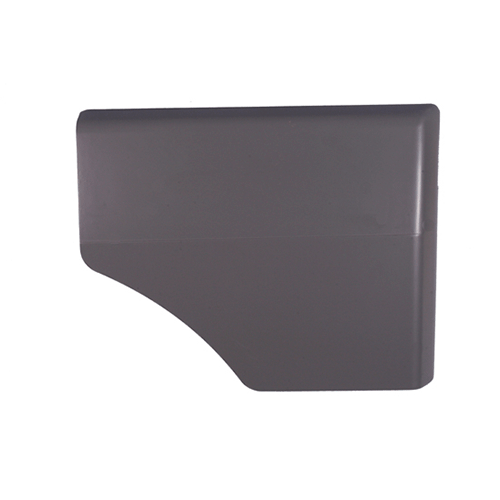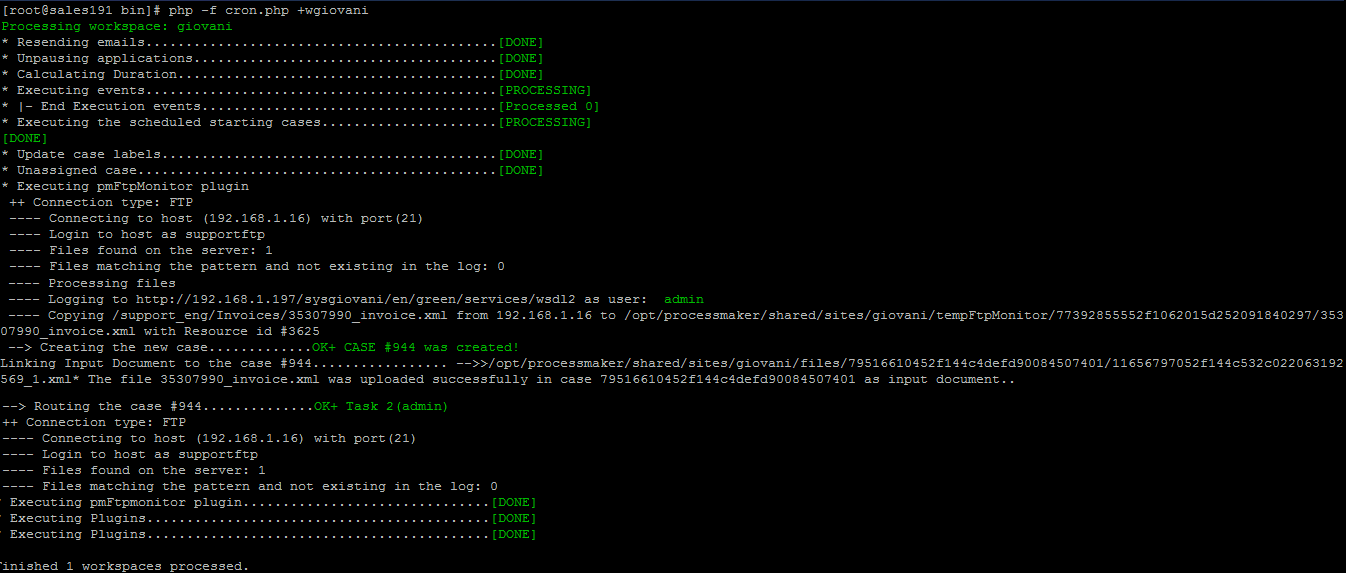.You can use PHP to allow your users to upload a file to the server.To allow users to upload a file to the server, you first need to provide a form for them to specify which file they want to upload. Once they click the submit button of the form, the action page is called.

Php File Upload

File Processing System
This is the page that needs to contain the PHP code to process the uploaded file. The Input FormBefore a user can upload a file, you need to provide them with an interface that allows them to select a file and initiate the upload.The following code is an example of an input form. There are a couple of important things to note about this code:. The action attribute points to a.php file. This is the file that will process the uploaded file.
There is an attribute called enctype, and its value is multipart/form-data. One of the input fields has type='file'. PHP File Upload Example
This handles the single case, the multiple file case, and even submitting multiple file arrays. This way no matter what, before ever touching the files array I call this regardless of what it might be: php /. This is to fix the odd files array PHP creates when a file input has a name that's php array. Php.exe file information Php.exe process in Windows Task Manager. The process known as CLI belongs to software PHP or PHP php.exe by The PHP Group. Description: Php.exe is not essential for the Windows OS and causes relatively few problems. Php.exe is located in a subfolder of the user's profile folder—e.g. C:UsersUSERNAMEAppDataRoamingEbivis.The file size on Windows 10/8/7/XP is. I read that in order to be able to interpret the php code within the html, I have to change some settings in the htaccess file. Processing HTML files as PHP.
Therefore, your action page needs to move the file to another location where it can stay as long as you want it to.Whenever a file is uploaded, you can find out certain information about the file including its name, type, size, as well as the name of the temporary file on the server. These details are made available to you via a PHP array called $FILES.
Displaying Details of the Uploaded FileThis code simply displays the details of the uploaded file. It doesn't move the file to another location - we'll get to that next. For now, you can use this code in conjunction with the above input form to demonstrate what happens when you upload a file to the server.Notice the PHP $FILES array which contains info about the file.
Note that we also divide the file size by 1024 in order to convert it into kb.(Ignore any carriage returns in this example - each table row should be on one line).
FilternoneFiles can be opened in any of the following modes:. “w” – Opens a file for write only. If file not exist then new file is created and if file already exists then contents of file is erased. “r” – File is opened for read only. “a” – File is opened for write only. File pointer points to end of file.
Existing data in file is preserved. “w+” – Opens file for read and write. If file not exist then new file is created and if file already exists then contents of file is erased. “r+” – File is opened for read/write. “a+” – File is opened for write/read.
File pointer points to end of file. Existing data in file is preserved. If file is not there then new file is created. Download whatsapp for blackberry z10. “x” – New file is created for write only.2) fread –– After file is opened using fopen the contents of data are read using fread. It takes two arguments. One is file pointer and another is file size in bytes, e.g.